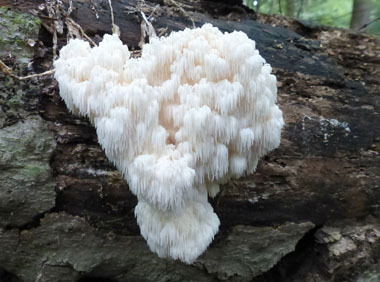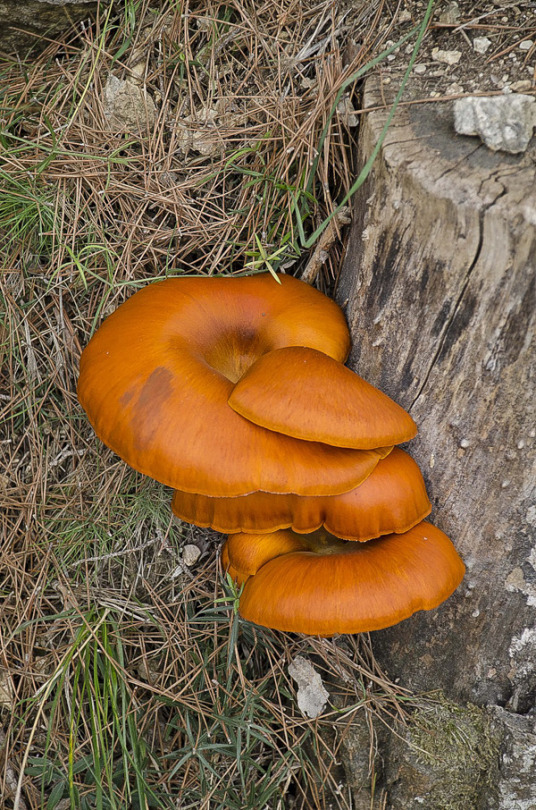Bucket List - Blog Posts
(Don't eat them raw ever even after being dried)
If you see this post please get your own information.Don't want anyone getting sick! or worse!
Black moral


Find:especially under white ash,also under tulip poplars, oak, and hickory.
Time:springtime
Description:Honeycombed cap with black to brownish black ridges and yellowish brown pits; completely hollow. April and early May. Cap elongate and conical, with vertically elongated ridges and pits; ridges are black to brownish black, pits are yellowish brown; texture deeply pitted; hollow; bottom of cap is fused to the stalk. Stalk sometimes enlarged at the base; whitish; texture granular; hollow. Spore print white to cream. Spores magnified are elliptical, smooth. Spores are located inside the pits.
Size:Cap width ½–1½ inches; cap height: ½–2 inches; stalk length: 2–4 inches; stalk width: ½–1½ inches.
Look alikes: The poisonous false morels are reddish and have wrinkled, lobed, or brain-shaped caps and dense (not hollow) stalks. The bottom half of the cap of the half-free morel hangs free from the stalk.


Bear's Head Tooth

Find:grow on dead or dying wood and shaded areas of deciduous and alpine forests.
Time:late summer and autumn months
Description:Edible when young – be sure it is white.Is white when fresh and yellows with age. It has long spines and a branched fruiting body. The fungus is 15-30cm (6-12”) across. It is a tightly branched structure which develops from a rooted base. When young, before the branches have developed.
Look alikes:edible mushroom lion’s mane(on L) does not branch even in maturity.May slow blood clotting.Its spines are long, though not quite as long as those of bear’s head.those who are pregnant or breast feeding should not take Lion's Mane.edible mushroom comb tooth or coral tooth(on R) has a very similar branching structure, but its spines remain very short. It does indeed resemble a branched hard coral, or possibly a small tree branch feathered with hoarfrost.


Golden Chanterelle

Find:They require established woodland to grow.They’re most commonly found around maple, beech, poplar, birch and oak trees. In some areas, they’re associated with pine and fir trees, so it doesn’t have to be hardwood.require moist habitat, and they’re most abundant in wet summers with consistent rain.
Description:Chanterelles have forked ridges on their underside, and the forking is a characteristic of true chanterelle mushrooms.They’re not exactly true gills, and they have blunt edges.The ridges run down the stem of the mushroom, which is another identifier.Yellow to orange in color on outside.Growing as individual mushrooms(not groups) most of the time.Chanterelles always grow on the forest floor, never on wood.Thick, blunt ridges instead of true gills.Forked ridges rather than straight,The flesh inside is a pale creamy white, not orange like the surface.Smells sweet like fruit, like apricots.The cap edge is wavy, thin and irregular.
Look alikes:poisonous look alike Jack-O-Lantern (on L)mushroom is, in fact, an orange mushroom, that’s about where the similarity ends. Jack-O-Lantern mushrooms have true gills, that are not blunt like chanterelle gills. They also don’t fork or run down the stem of the mushroom.Lastly, Jack-O-Lantern mushrooms always grow on wood, often in groups rather than singly.This can be tricky though since the wood they’re growing on may be buried so that it looks like they’re coming out of the forest floor.Apparently, Jack-O-Lantern mushrooms taste quite good, but you still don’t want to eat them.They’re not deadly,but they’ll cause quite a bit of uncomfortable gastric distress.False chanterelles (on R)Deep, thin gills rather than the blunt gills of a chanterelle.Forked gills (like chanterelles)Cap edge is downturned and round.Center of the cap is darker colored, edge is lighter.Smell like a mushroom, not like apricots.




Bear Fishing by Olga Burmistrova
"This is a real photo, not artificial intelligence. Archie is a retired former circus performer. He was born and raised with people. This bear is very inquisitive and loves the attention of the public. "


